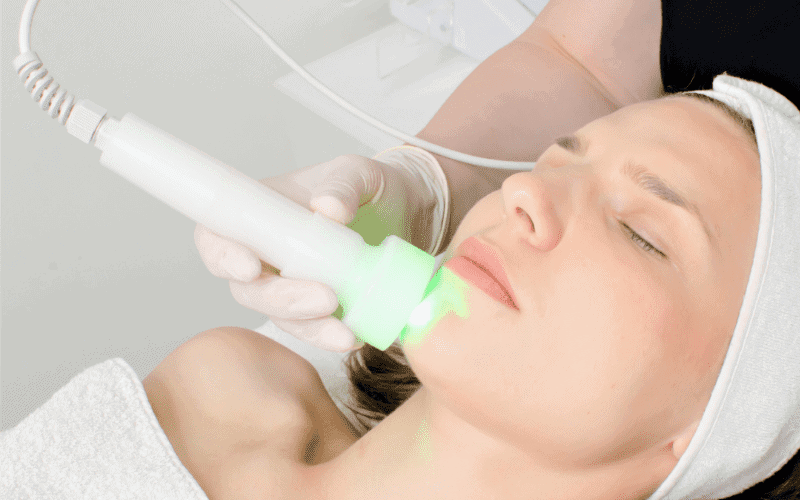Although mole removal is a very simple procedure, there are always risks involved with any medical treatment. Your dermatologist at the London clinic will explain these in detail before the procedure so that you can make the right decision about your moles.
Mole Removal Options
Mole removal at the Harley Street clinic is a relatively straightforward procedure, whether you are having a mole removed for cosmetic or medical reasons. However, the method used to get rid of your unwanted mole is a little bit different in each case.
Cosmetic Mole Removal
Many people love their moles, but some of us have a large or unsightly mole that we would like to have removed. If you are thinking about cosmetic removal, you should talk to a dermatologist about your options. The most likely method used for cosmetic mole removal on Harley Street is a shave excision. Shave excision works best for prominent moles. The mole is shaved away with a scalpel, under a local anaesthetic.
Your doctor will take a close look at the mole you want removed, even if you only want to get rid of it for cosmetic reasons. If there are any signs that the mole could be cancerous, then your doctor might want to perform a surgical removal instead of a shave excision. There are also some cases in which surgical excision may be the best option, even for cosmetic mole removal, although you may need some special care to minimise scarring if the mole is in a visible area.
Surgical Mole Removal
Surgical mole removal is the best option if there is a chance that a mole could be cancerous. Signs that a mole might be a health risk include changes in size, shape and colour, and having a blurred border or an asymmetric shape. If there is risk of skin cancer, your doctor may recommend surgical mole removal at the Harley Street clinic. Surgical removal is also performed under a local anaesthetic, but the whole mole will be removed, leaving behind a small surgical wound that will need to be closed with stitches. This is the best way to ensure that all of the potentially cancerous cells have been removed.
Complications of Mole Removal
Some of the potential problems that you could experience after a mole removal include:
- You may experience some pain after the procedure while the surgical wound is healing, but this should usually be mild and can be treated with over the counter painkillers
- The surgical wound may bleed a little. It will be covered with a dressing and you may have stitches to help keep it closed.
- The surgical wound could develop an infection, which can usually be treated with antibiotics. Signs of an infection could include redness and swelling.
- Your skin might have problems healing after the procedure. The risk of healing problems is higher if you are older or you have other skin conditions.
- You may have a scar after the procedure. It could fade in time, but there will probably always be a small mark on your skin.
If you develop any problems after your mole removal, you should speak to your dermatologist at the London clinic so that you can get any additional care that you need.
Further Treatment After Mole Removal
In most cases, mole removal at our London clinic will be successful and you won’t need any further treatment. However, there is a small chance that you will need further surgery if the mole starts to grow back. You might also need further tests or treatment if cancer cells are found when the mole is tested in the lab. For example, a larger area of skin may need to be removed if there is a chance that some skin cancer cells have been left behind. You might also decide that there is another mole you want to have removed.

